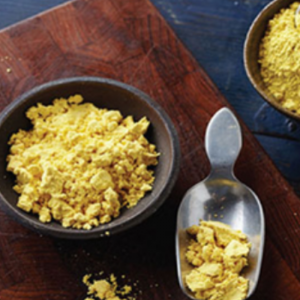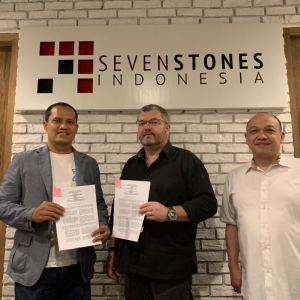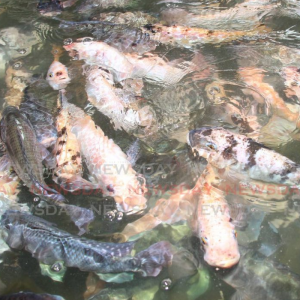
New Method Documents Feed Nutrient Utilization
| Mon, 12 Aug 2019 - 09:50
Aquaculture has experienced enormous growth and plays an increasingly important role in providing the world’s protein supply, according to the Norwegian University of Life Sciences (NMBU).
Sustainable growth in this sector, however, is hampered by several factors, such as access to high-quality feed resources and high feed costs. In Norway, NMBU said feed amounts to 2.3 billion euros, or nearly 50% of the production costs in salmonid aquaculture, based on data from the Norwegian Directorate of Fisheries.
The Foods of Norway program at NMBU has developed a new method for selecting salmon with higher feed efficiency that have the potential to considerably reduce production costs and the environmental footprint of the aquaculture industry, the university said in an announcement.
"With novel indicator traits for feed efficiency, you get faster-growing fish at a lower cost. In selective breeding, this could be of great significance," Foods of Norway doctoral student Hanne Dvergedal said.
Norway is the second-largest global exporter of seafood and the leading exporter of salmonids (Atlantic salmon and rainbow trout). Feed efficiency is one of the most economically important traits for breeding.
To improve feed efficiency by breeding, feed intake and body growth in individual fish must be measured. This is easily done for body growth but very difficult for feed intake, because farmed fish are typically kept in large units and fed communally by dispersing feed into the water, NMBU said.
Dvergedal has been studying feed efficiency in Atlantic salmon for the last three years in close collaboration with AquaGen, a breeding company and partner in Foods of Norway. Their results allow for directly selecting fish with higher feed efficiency without measuring feed intake.
"The results from Hanne’s PhD work are of great interest to AquaGen as they may enable us to improve feed efficiency through breeding, which fits very well with our strategy to facilitate a responsible and sustainable development of the aquaculture industry," senior researcher Trina Galloway with AquaGen said.
Locating “bodybuilders”
Due to the practical issues related to measuring feed intake, growth rate has been the basis for indirectly selecting fish for improved feed efficiency since the dawn of the aquaculture industry in Norway in the 1970s, NMBU said.
The assumption is that growth correlates with feed utilization. This is generally true, but growth does not explain everything, the university said, noting that the fastest-growing fish are not always the most efficient. They may also be the most voracious ones, meaning they make poor use of their feed. In addition to high feed costs, voracious fish also contribute to a high level of nitrogen and phosphorus excretion in the sea and thus have a negative impact on the environment, NMBU said.
Dvergedal has now successfully documented genetic variations in feed efficiency in Atlantic salmon by measuring the utilization of nutrients from the feed in body tissues, the university reported.
The results show that some fish are indeed more efficient in converting nutrients into muscle; they are better “body builders,” NMBU said.
"Growth alone can only explain around 60% of the variation in feed efficiency. By adding nutrient metabolism to the picture, we can explain almost 80% of the variation. That's a huge leap," Dvergedal said.
AquaGen senior scientist and NMBU associate professor Jørgen Ødegård has been working closely with Dvergedal through the entire study. Ødegård originally proposed finding a way to measure individual feed efficiency without registering feed intake.
"This new method may enable us to identify parent fish in our breeding population that display a particularly high feed efficiency, allowing us, in turn, to enhance this trait in the eggs that we sell to our customers," Ødegård said.
Global potential
Enhancing the feed efficiency of farm animals and farmed fish is one of the main pillars in Foods of Norway’s research, in addition to the development of novel, sustainable feeds, NMBU said.
For the global salmon farming industry, the potential for reducing feed costs, increasing feed resource efficiency and minimizing environmental impact is substantial.
In 2019-20, Foods of Norway will carry out follow-up studies to validate the method by using rainbow trout and by performing a large-scale experiment with Atlantic salmon in the ocean.
Source : Feedstuff






















